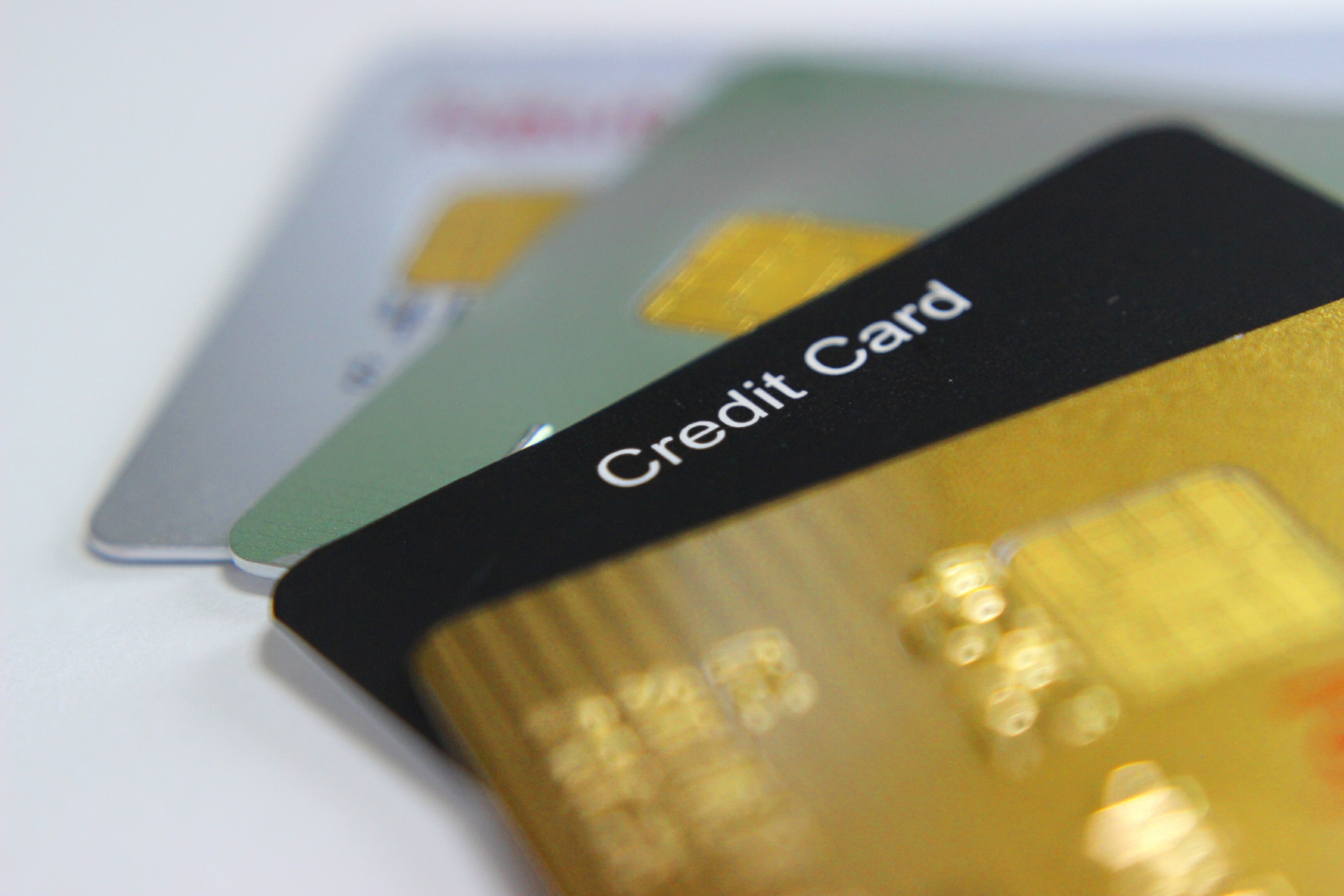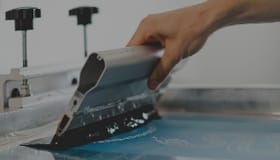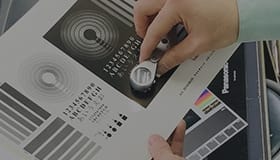Product overview
CAD Ink was specially developed as a screen printing ink for credit cards, etc. made of PVC sheet. Lamination by heat and pressure of the printed materials using this ink provides good adhesion between PVC sheet and both sides of transparent films.
- Solvent type ink

Application
- Printing of various types of cards using PVC sheets
-
Automobile, Motorcycle
-
Home Appliance (IoT)
-
Smartphone, Tablet, Smart watch
-
Sensor
-
Game
-
Others
Features, Function
- Sufficient adhesion can be obtained even when laminating a full-page printed material.
- Excellent printability and drying property
- Excellent for gloss ink by applying pressure
Substrate
- Rigid PVC
- PVC
Dilution
- J-001 SOLVENT (fast dry), J-002 SOLVENT (standard), J-003 SOLVENT(slow dry) and J-004 SOLVENT(extra slow dry)
- Dilution 15-20%
Promoter
- SM-40 DEFOAMER LEVELING AGENT 1%(For anti-foam and improving leveling)
Recommended cleaner
- Screen Cleaner L2 or J-003 Solvent
Mesh
- T250 to 300 mesh (Coverage is 50 to 60 m2/kg at T270 mesh)
Drying
- Drying conditions (without laminated) : 60℃, 10 min or more
- Drying conditions (with laminated) : 120℃ to 160℃, 30 min or more
- Drying at 55 to 60℃ with a jet dryer, using a fine mesh stencil is recommended
- Printed material with CAD ink can be laminated by heating temperature of 120-160℃, which provides sufficient adhesion.
- Drying performance may vary depending on the difference in materials, room temperature, number of printed materials and printing area, etc.
- When using the product, please check it thoroughly and decide the drying time. In general, residual solvent may cause defective protective sheet, blocking, etc.
Standard colors
-
000 MEDIUM
-
003 BRIGHT RED
-
033 GEL RETARDER
-
121 SCARLET
-
163 RED
-
191 RED
-
221 YELLOW
-
246 LIGHT YELLOW
-
263 REDDISH YELLOW
-
391 BLUE
-
420 LIGHT BLUE
-
525 ORANGE
-
581 MAGENTA
-
611 WHITE
-
797 GREEN
-
821 VIOLET
-
911 BLACK
Caution
- If you like to mix gold and silver powders, or pearl pigment into this ink, please contact us beforehand.
- Adhesion test must be done at your site before commercial run as the quality of plastics may differ depending on manufactures or lots.
- The container tends to rust due to the effects of moisture. Please use as soon as possible after opened the container.
- Checking before commercialization: Adhesion and resistance properties may change due to differences in substrates, processes, printing and drying conditions. Be sure to check the adhesiveness and resistance properties before mass production printing.
- Ink shelf life: 24 months from production date, unopened.
Safety
- UN No.: 1210
- UN Classification: Class 3 Flammable Liquids (Flash point is over 23 Degree C)
Handling
- Use safety gloves and eyeglasses to protect skin and eyes. If the ink comes in contact with skin, wash with soap and plenty of water (or lukewarm water) and consult with a doctor.
- Containers should be closed tightly after use and stored in a cool and dark place.
- SDS is available upon request. Please request a copy and read it carefully before handling the products.
- *Information contained in this catalog may change without prior notice.
FAQ
-
What is screen printing?
-
Screen printing is a type of stencil printing which uses a technique of duplicating the image from a design made on mesh stencils.
When printing ink goes through the mesh, it transfers the image onto the substrate material. Other than air and water, any substrate materials are printable. Not only flat surfaces, but also curved, specially shaped, and molded products are suitable for screen printing.
-
When over-printed with a black ink, we often have pinholes. How can we eliminate the pinholes?
-
See the list below for causes of pinholes:
1. The first layer is too thin (less than 5 µ)
2. Too much dilution of the ink (more than 20%)
3. Too much squeegee pressure
4. Under layer is pale colored, such as a medium based color
5. Any combination of these causes -
What are the standard drying conditions?
-
In multi-color printing, primary drying would be done after each color is printed. After the final color is printed, the final drying should be done according to the conditions listed in the catalog. If the color printed ink is a “two-pot” ink the final drying should be done after the printing of the Binder.
-
Why there is “Primary” drying and “Final” drying?
-
Residual solvent at the time of injection may cause ink flow and insufficient adhesion. To prevent these malfunctions, residual solvent must be evaporated through a “Final” drying process.
-
When we extended the primary drying time, pinholes and cracks resulted. How can we eliminate them?
-
With one-pot inks, if the primary drying time is too long, the solvent of second ink penetrates the first color layer and makes pinholes.
With two-pot inks, if the primary drying time is too long, a curing process occurs. Thus when the second color is printed, the first color ink layer wrinkles and looks like cracks. The countermeasure in either case would be to shorten the primary drying time.

